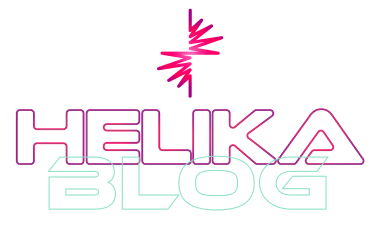Over the last decades, new business models have constantly emerged that helped to grow the size of the gaming market to $184B. Often, these were enabled by platform shifts. Arcades were pay-to-play, home consoles brought premium games, the internet established DLCs, and mobile drives on free-to-play and microtransactions.

With rising global internet connectivity and increasing development budgets, Games-as-a-Service has become a popular modus operandi. As many game studios struggle with user acquisition, Games-as-as-Platform has emerged as the natural evolution of Games-as-a-Service, offering third-party teams and individuals tools to develop and distribute games to an existing audience. Here, games turn into full-blown marketplaces connecting players with games – an already proven business model outside of gaming.
And it works, as Fortnite and Roblox show. UGC creators on these platforms have received $1.3B in payouts in 2023. This trend will accelerate with AI tools making game development more accessible and crypto-economic mechanics providing the right incentive structure for creators.
Understanding Games-as-a-Service and Games-as-a-Platform
In the Games-as-a-Service model, studios release continuous content to their players, allowing them to monetize consistently.
Monetization practices can include in-app purchases, new levels, new characters, cosmetic items, special events and event-related currencies, subscriptions, or battle passes. This creates spending depth and maximizes revenue.
The Games-as-a-Platform model now opens up content creation to other developers and even everyday players, given the right easy-to-use tools. Compared to Games-as-a-Service, the main developer no longer has a monopoly on content. They make their player base available to others.
As the main developer gives up control, crypto-economic incentives can be utilized to motivate positive behavior of other actors.
To consider a game a platform it needs to fulfill two criteria
- It has to be open for others to build on it. The main developer does not act as a gatekeeper – it’s closer to YouTube than Netflix.
- All participating parties share revenue. The platform provider takes a revenue cut which should represent a significant share of their total income.
This creates a flywheel effect where
- The existing player base attracts developers who make new content
- The new content keeps players on the platform
Often, new titles start as service games and later expand into a platform, as is the case with Fortnite. Through first-party content, games build an initial player base which later makes them more attractive as a platform for third-party developers.
How to build service games
For Games-as-a-Service, content is king. Teams need to constantly ship new features, polish old ones, fix bugs, release new levels or characters, and run events.
While doing all that, do not destroy old content, keep gameplay balanced, and retain players as well as possible.
To do so, data and liveops management are crucial.
- A/B test new content to monitor its impact on retention and monetization
- Use version control for game updates to keep a good overview and be able to roll back updates in case of bugs
- Utilize data insights to identify the content users engage most with to inform ideation

Helika provides all that, and more, to run your service game successfully. Helika enables you to effortlessly manage, optimize, and expand your Games-as-a-Service and Games-as-a-Platform models. With Helika, you gain access to powerful tools and insights that drive player retention, enhance monetization, and fuel content creation.





